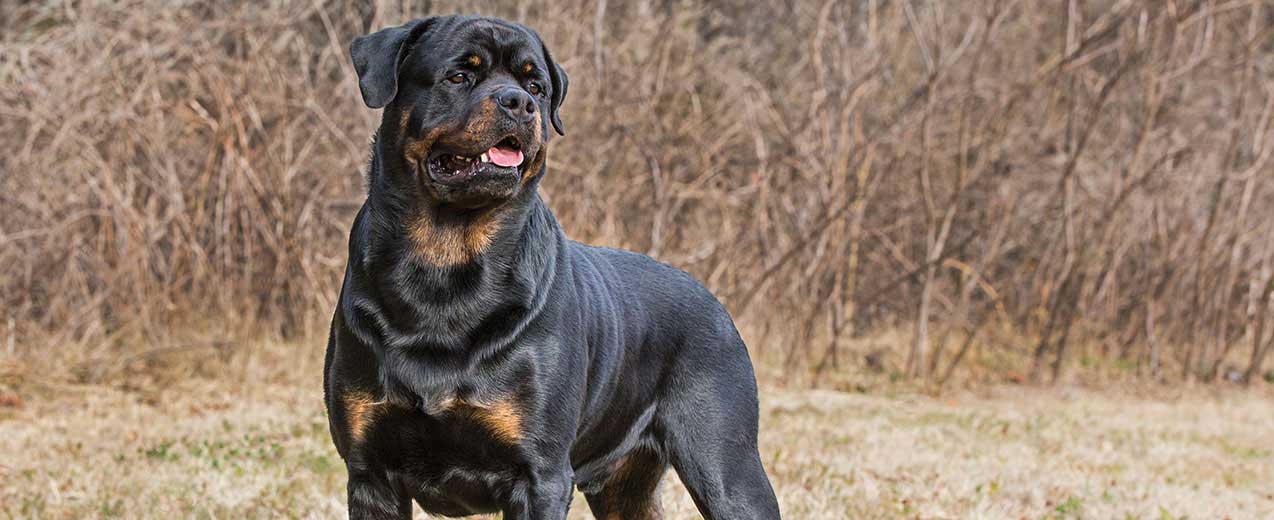Did you catch a whiff of bad breath in your dog?
Almost every dog likes to lick faces or kiss. It's their most natural way of showing affection and love. Generally, if your furry friend has stinky breath, giving good oral care like brushing regularly and feeding a fresh-food diet might suffice. The cleaning of teeth is essential for all dogs above the age of two.
Puppies mostly have a sweet-smelling breath as they do not have a build-up of the bacteria yet in their mouth. However, bad breath is common in smaller dog breeds, older dogs, and breeds with short snouts.
But, if your dog is healthy and yet its breath smells like it ate some cat poop or garbage, it's a pressing health concern.
Here are some common causes of bad breath in dogs
Dental or Gum Disease
Bad breath is medically known as halitosis. The common reason for it is bacteria built-up/plaque that produces unpleasant odors. A neglected plaque can cause
● irritation
● inflammation of gums
● gum diseases like gingivitis
Untreated gum diseases can lead to severe health repercussions for your dog. The other dental health reason for bad breath in your dog can be infections due to tooth decay. Therefore, make an appointment with your vet (even if it's in-between visits) if you suspect a dental issue in your dog.
Toxic or foreign substances
Some dog breeds like running around and eating anything, including things that are bad for them.
Does your dog do it too?
Such
foreign objects can get stuck in their teeth leading to bad breath. Some toxic
substances can smell bad too. If you notice your four-legged friend has
ingested toxic substances like antifreeze or a rodenticide, call your vet
immediately.
Gastrointestinal Issues
An imbalance in gut microbes can cause stomach and digestive issues. Furthermore, the overgrowth of bacteria in the small intestine can cause smelly gas, which gets absorbed into the bloodstream leading to bad breath in your dog.
Take your pet to a vet, if you notice any other unusual signs, like
● Changes in appetite
● Nausea or vomiting
● Changes in the stool
Diseases and Health Conditions
Some diseases and health conditions can also cause bad breath in your dog. A breath test and timely dental checkups can detect the early onset of these diseases.
● Diabetes: The breath of your dog would smell unusual, sweet, almost fruity, or like nail polish remover due to increased sugar levels in saliva.
● Liver Diseases: If you find the dog's breath smells musty or like a dead animal, it's a sign that the liver is inefficiently filtering out toxins.
● Kidney Diseases: If the dog's breath smells like urine or fishy, it can be due to high urea levels in their body. It's a sign the kidneys are not filtering out toxins appropriately.
● Sinusitis or Rhinitis: Does your dog have a cold? When your dog breaths through the mouth, it causes it to go dry and result in stinky breath.
● Oral Tumors: It causes blood vessels to break up and turn into dead areas. The bacteria growing in it can also cause bad breath in a dog.
Conclusion
Maintain
good oral hygiene and don't neglect bad
breath issues in your dog. To
know more about it, post your questions and comments below.













